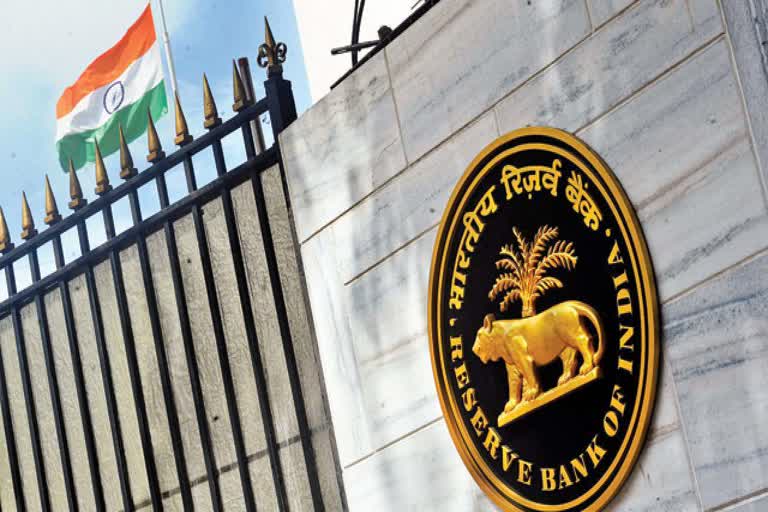New Delhi/Mumbai: Further monetary policy easing is expected as the economy struggles with a demand downturn, liquidity constraint and a high finance cost, sources said on Friday.
It is learnt that the Reserve Bank of India would stick with its stance and further lower the repo rate, which will, in turn, reinvigorate consumer sentiment and shore up economic growth.
Overall, the apex bank might cut the repo rate by 150-200 basis points throughout this fiscal if inflation target remains insight. RBI's medium-term target for consumer price index (CPI) inflation is of 4 per cent within a band of +/- 2 per cent.
Currently, the policy repo, or central bank's short-term lending rate for commercial banks, stands at 6 per cent.
The proposed range of repo rate cut assumes significance as the overall economic growth is expected to decline on the back of slacking consumption due to farm distress, global headwinds and stagnant wages.
Furthermore, the slowdown has become evident in sectors such as automobile, FMCG and aviation.
Monetary policy easing helps banks to reduce their lending rates that helps both consumers and the industry to get access to cheaper finance.
While increased money flow in the hands of consumers helps to boost sales and demand, for the industry it means higher capital investment on the back of lower cost.
Read more:Task force on direct tax laws to submit report by July 31
The latest economic indicators, including the Index of Eight Core Industries and Index of Industrial Production, have shown a downward trend.
In March, the country's factory production shrunk by (-)0.1 per cent, the first contraction after June 2017, from a growth of 5.3 per cent reported for the corresponding month of 2018.
However, a benign inflation outlook might give enough room the apex bank to go in for an aggressive rate cut approach.
Last month, higher food and fuel prices increased the retail inflation to 2.92 per cent from 2.86 per cent in March. But year-on-year, the Consumer Price Index (CPI) in April was lower than the corresponding period of last year when retail inflation stood at 4.58 per cent.
According to industry insiders, public investment can no longer be counted on as the only vehicle to restart the economic cycle and monetary policy easing should provide the much-needed incentive to the industry.
In addition, the RBI is expected to start discussions to break away from the convention of reducing the key policy rate by 25 basis points or multiples thereof shortly with stakeholders like lenders, domain experts and within the Central Bank.
Another problem that has complicated the matter is of transmission of the rate cuts to lower bank's interest charged on loans.
As per a monthly report of March of the Finance Ministry, though easing of monetary policy has the potential to support growth, the recent cuts in the repo rate are yet to transmit to the weighted average lending rate of banks, thus the effects of the easing on investment activity are yet to manifest.
The RBI in April lowered its key lending rate by 25 basis points (bps) to 6 per cent. Before that, in February, the MPC had voted to lower the repo rate by 25 bps to 6.25 per cent.
